In February this year, I was in Chennai for a very short trip and my friend Sridhar showed me around. Per his suggestion, I decided to explore a small piece of Chennai’s history with a visit to Fort St. George. I was also assured by Sridhar that I will be amongst the very few distinguished people (even amongst the local residents) to have seen this Fort.
A quick recap of its history – this fort was built-in the early 17th century by the East India Company to secure their spice trade lines against the possibility of an attack. In 1639 the Company bought a piece of coastal land and permission from a Vijaynagar chieftain named Damerla Chennappa Nayaka, and began the construction of the harbor and the fort. The fort was completed in 1644 on St. George’s Day and hence was christened Fort St George. It originally faced the sea and some fishing villages, but soon also became the hub of all local merchant activity. It also gave birth to a new settlement called George Town (also referred to as Black Town), which subsequently grew to include the surrounding villages and led to the formation of the city of Madras. Within the Fort too, a group of buildings – namely The Fort House, St. Mary’s Church, Fort residencies, Clive’s House, the Grand Arsenal, King’s Barracks and the Exchange House were built at different intervals of times for different purposes (per the needs of the Company).
We started the visit bright and early to escape the Chennai heat as much as possible. This is a huge complex and we walked around everywhere that was allowed. Since the original Fort House Building is now the Main Secretariat Building housing the state legislative assembly, it does not allow visitors. Hence we just saw it its exterior design from a distance. The design of this building is pretty impressive – with an entire white façade and tall black pillars. However there have been ample efforts made to give this historical building as ugly a makeover as possible. It really pained me to see the gorgeous building with ugly-looking aircons, wires, open pipes hanging all about it. And to top it all they have built the most ugliest possible white building towering all over the complex, that completely ruins the old world charm of the place.
Anyways, we then went and visited the Fort Museum, which was built-in 1790 as a Public Exchange by Free Merchants for private trade. The roof of the building was also the site of the first Lighthouse of the city. The small Museum, which was opened in 1948, has may exhibits of the East India Company and the British rule. They have many items such as artillery, coins, uniforms, medals, paintings, the queens memorabilia, original letters, etc. for viewing. I especially loved the collection of coins / currency from across the years.
After seeing the Fort, we went and saw the St. Mary’s Church, the oldest Anglican church in India and also known as the “Westminster Abbey of the East”. It is a small quaint building and I am sure it still looks as it was when it was built.
We then generally walked around and saw the other buildings here – the Fort residencies, Clive’s House, the Grand Arsenal and King’s Barracks from the outside. Some parts of this complex still transport you back in time and you get a feel on how life must have been for people inside these complex.
We then walked out of the complex and a short walk later reached the Victory War Memorial, which was constructed to commemorate the victory of the allied armies during the World War I(1914–1918) and later became the victory war memorial for World War (1939–1945). There is also a small beautifully cultivated garden around the memorial and you can sit here for a while and pay your tribute to the brave soldiers and enjoy some moments of solitude.
Since the Fort complex houses the state legislative assembly, cameras are now not allowed. Hence I don’t have any pictures of this visit but have borrowed the same from Sridhar. So a big thank you to you, Sridhar for these. In case you are interested, then you can also read more on the history of Fort St George at –
Additional things to see around the Fort are –
- Marina Beach – After visiting the fort, you can actually walk upto the Marina Beach, which the longest natural urban beach (13 kms) in India. Apart from the beach there are numerous statues lining along the promenade. I decided to skip it all as it was super crowded for the weekend.
- Buildings across the Marina Beach – Across the Marina Beach there are some impressive buildings but the best ones that I really liked were the University Buildings (built-in the Indo-Saracenic style with Byzantine and European architectural features) and the Vivekananda House (where Vivekananda stayed when he visited Chennai). A definite must visit.
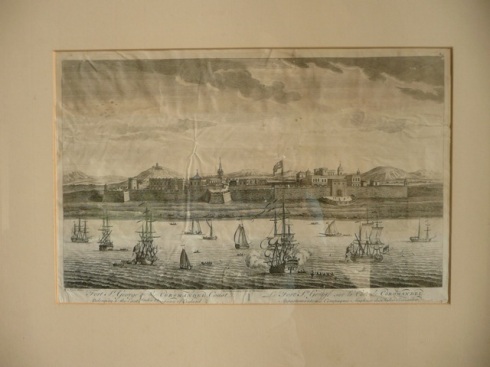

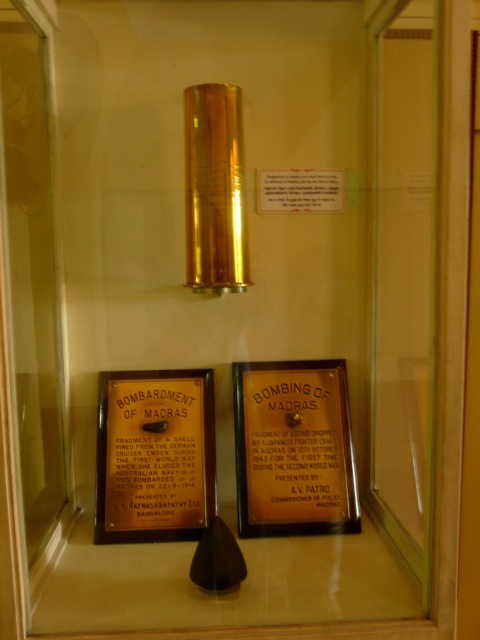
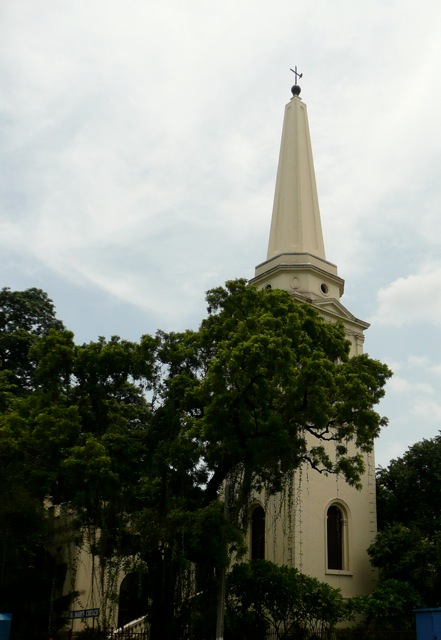
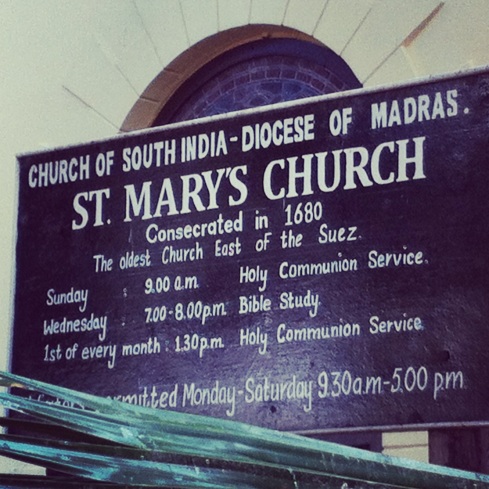
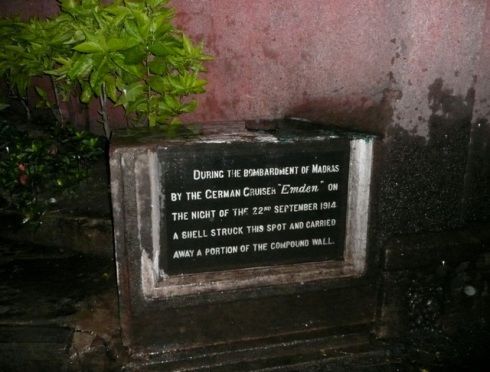
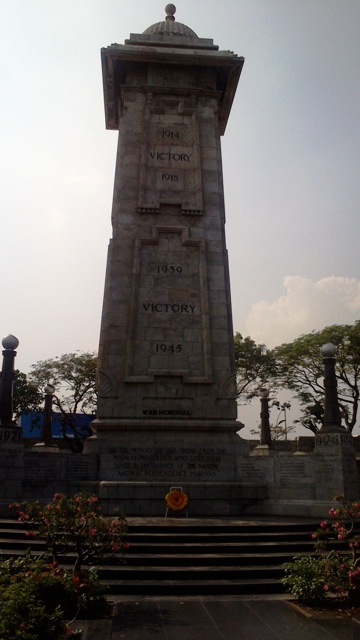
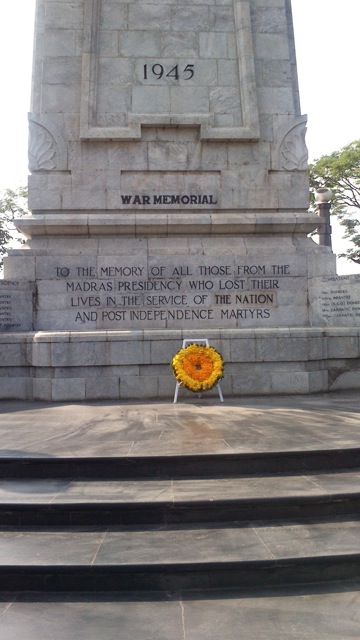
















Your pictures are gorgeous. I have never visited India or even the Asian continent, but your story makes me want to experience the culture there even more.
LikeLike
Thanks for visiting my blog and the kind words. Asia is a beautiful and diverse continent and definitely warrants a visit.
LikeLike
Fort St.George was a big part of my childhood as my dad worked all his life at the Secretariat office there and I’ve spent many happy afternoons curled up in the wonderful library there or roaming the campus. My dad’s also a pianist who played at St.Mary’s church for the 40 odd years that he worked there and still does every now and then.And oh yes, the Emden story is one of his favourites too! You know, it’s been ages since I’ve been to the Fort and your article reminds me that its time for a re-visit. All in all, this is a wonderfully researched article and very nicely written up too. Kudos! 🙂
LikeLike
Hey, thanks for sharing your memories and they sound so beautiful. I didn’t know that they still had service at the Church. Will have to visit again for that.
LikeLike
Interesting place and history. Thanks for sharing this.
http://rajniranjandas.blogspot.in/2013/08/tadiyandamol-trek-and-barapole-river.html
LikeLike
Thanks Niranjan 🙂
LikeLike
Most excellent post 🙂
LikeLike
Thanks 🙂 And the main credit is to you 🙂
LikeLike